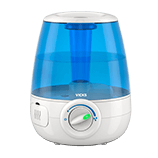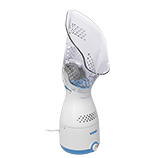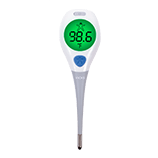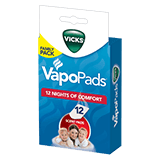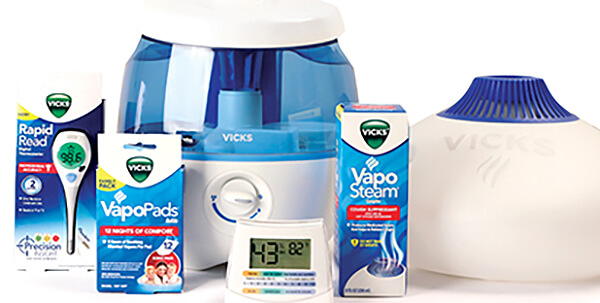
- Products
- Resources
-
-
Vicks products are available for purchase online and in-store at most major retailers.
-
-
- Support
-
-
VICKS SUPPORT
View product-specific FAQs & videos
-
-
- Products
- Resources
- SUPPORT
- Warranty Registration
- Contact Us
Understanding Import Export Certifications for the Best Cool Mist Humidifiers in the Global Market
In recent years, the market for cool mist humidifiers has witnessed substantial growth, driven by an increasing awareness of the importance of indoor air quality and the numerous health benefits associated with humidification. According to a report by MarketsandMarkets, the global humidifier market is projected to reach USD 2.74 billion by 2025, growing at a CAGR of 4.4%. This surge in demand has prompted manufacturers to seek various import-export certifications to ensure compliance with international standards and enhance consumer trust.
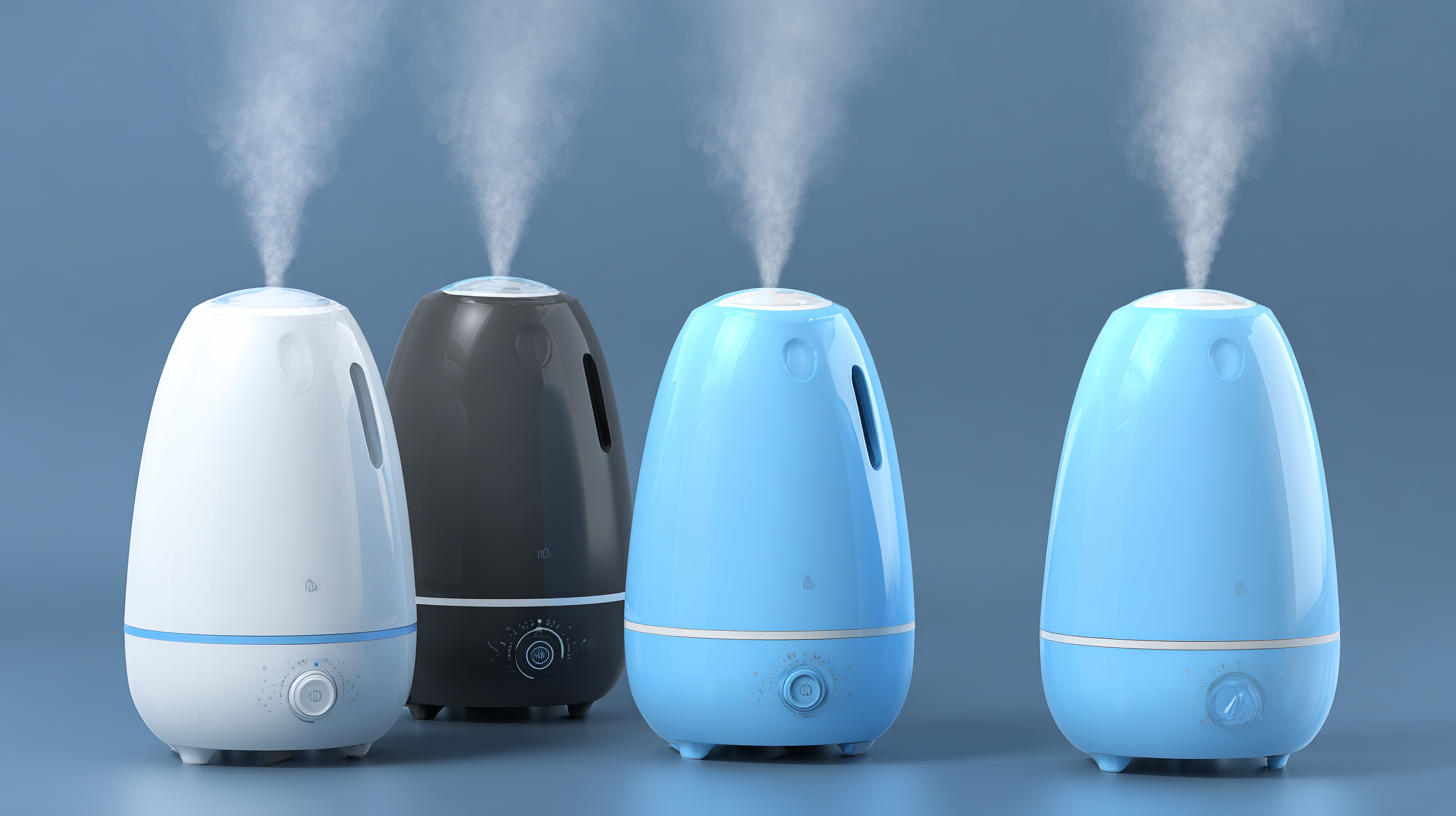
Understanding these certifications is crucial for stakeholders aiming to navigate the complexities of the global market effectively. As the popularity of cool mist humidifiers continues to rise, companies must equip themselves with the knowledge of regulatory requirements and certifications to secure their position in this competitive landscape.
Key Certification Standards for Cool Mist Humidifiers in Import-Export Markets
When considering the import-export market for cool mist humidifiers, understanding key certification standards is crucial for compliance and marketability. The sustainability certification industry is projected to reach $4.25 billion by 2030, growing at a compounded annual growth rate (CAGR) of 6.5% from 2025 to 2030. This indicates a strong emphasis on sustainability in product certifications, which can significantly influence buyers' decisions in various regions.
Among the essential certifications, the Verified Carbon Standard (VCS) plays a vital role by providing a widely accepted framework for greenhouse gas (GHG) crediting. Humidifiers that meet such sustainability benchmarks are more likely to appeal to eco-conscious consumers. Additionally, reports suggest that the management system certification market in the United States is expected to reach $9.65 billion by 2029, further underscoring the demand for compliance with internationally recognized standards across various industries, including home appliances.
**Tips:** Ensure your humidifiers are certified by recognized environmental standards to enhance market reach and consumer trust. Regularly update your certifications to align with evolving regulations and industry benchmarks, which can boost your product's competitiveness in the global marketplace.
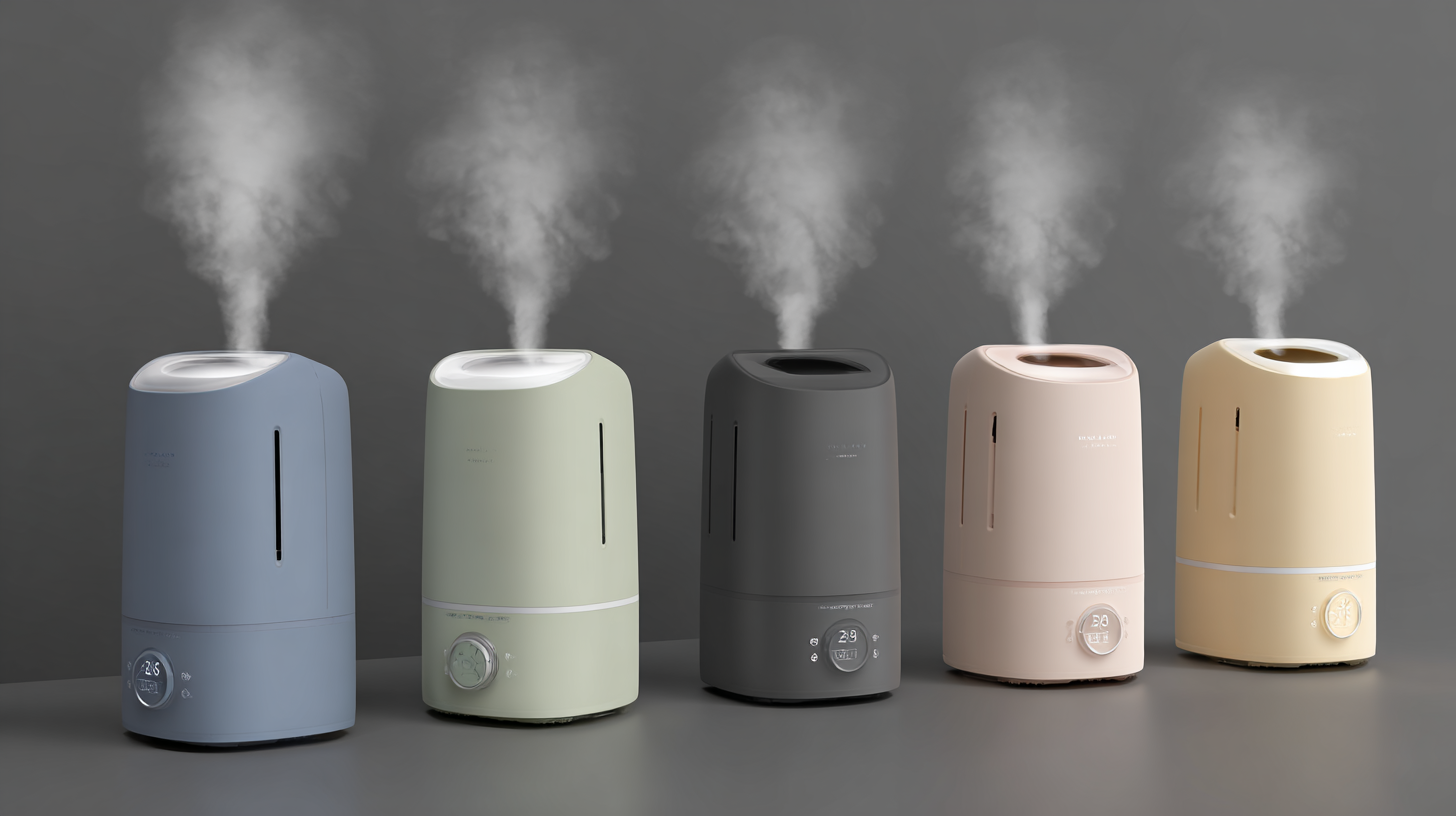
Emerging Technologies Shaping Humidifier Efficiency in 2025
As we look toward 2025, the evolution of humidifier technology is poised to revolutionize home environments. Incorporating advanced features such as smart sensors and real-time air quality monitoring, the latest cool mist humidifiers promise enhanced efficiency and user convenience. According to a recent industry report published by MarketsandMarkets, the global humidifier market is projected to reach USD 3.3 billion by 2025, reflecting a growing demand for energy-efficient and intelligent home appliances.
One key trend driving this market is the integration of IoT (Internet of Things) technology, enabling humidifiers to connect to home automation systems. These smart devices can adjust humidity levels autonomously, ensuring optimal comfort and energy savings. Additionally, innovations in ultrasonic technology have made it possible for humidifiers to produce fine mist with less noise and lower energy consumption, which is essential for homes and offices alike.
Tip: When choosing a humidifier, look for models equipped with smart technology and energy-efficient features. Additionally, regular maintenance, such as cleaning the water tank, can greatly enhance the device's performance and longevity. Investing in a humidifier with advanced certifications ensures not only compliance with safety standards but also peak operational efficiency in humidifying your space.
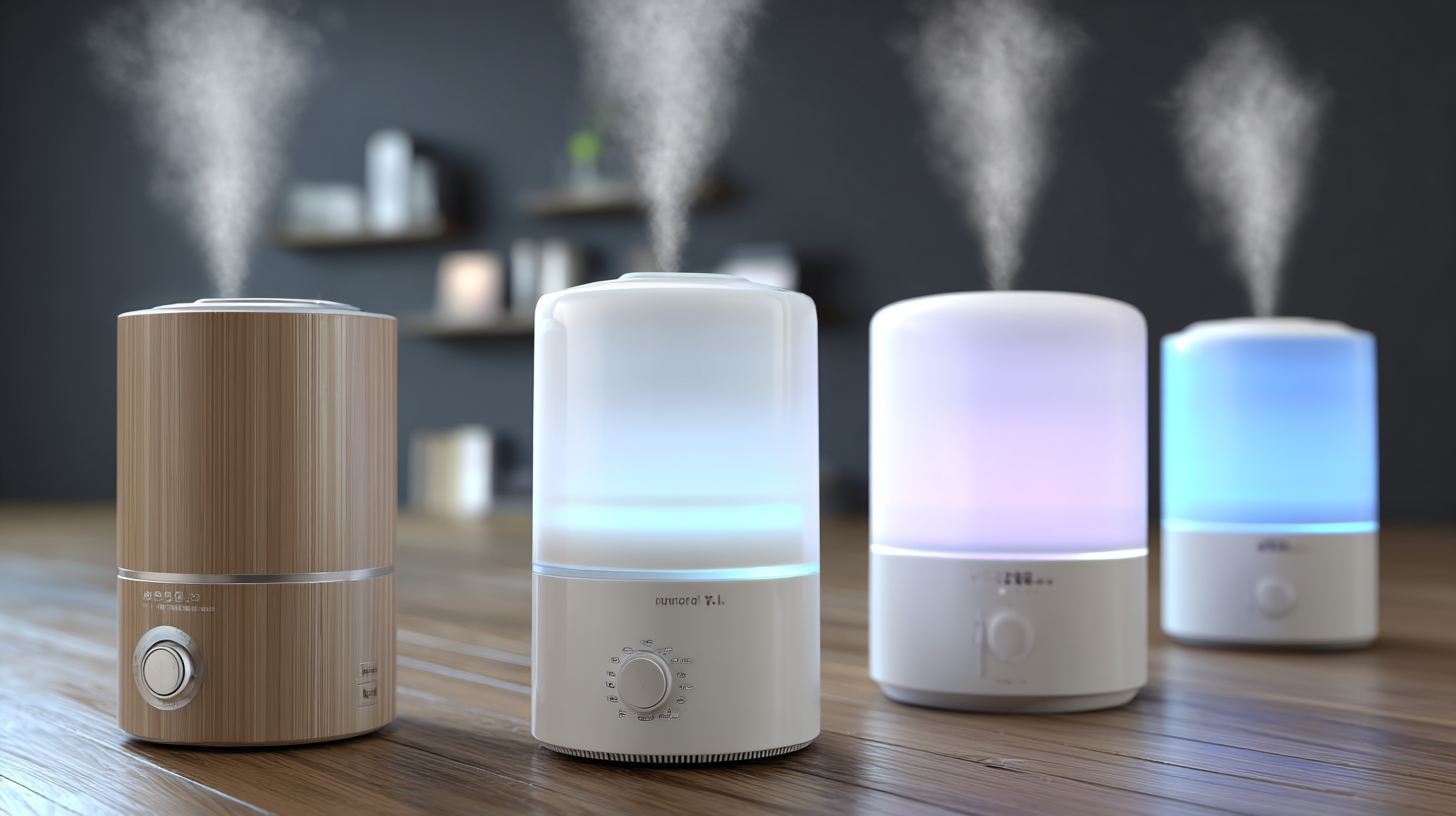
Benefits of Advanced Filtration Systems in Modern Cool Mist Humidifiers
When selecting the best cool mist humidifiers, understanding the benefits of advanced filtration systems is essential. Modern cool mist humidifiers often incorporate sophisticated filtration technologies that significantly improve indoor air quality. According to a report by the Global Health Organization, up to 90% of respiratory diseases are exacerbated by poor indoor air quality, making filtration a crucial feature. Advanced filters, such as HEPA and activated carbon, can effectively remove allergens, dust, and even volatile organic compounds (VOCs), ensuring a healthier environment for families.
Tips for selecting the right humidifier include evaluating the type of filtration system it utilizes. HEPA filters are particularly effective for capturing airborne particles as small as 0.3 microns, making them ideal for allergy sufferers. Additionally, consider a model with a built-in indicator for filter replacement to maintain optimal performance.
Another vital aspect is the humidifier's maintenance requirements. A model that includes an antimicrobial or self-cleaning mechanism can significantly reduce the burden of upkeep. Research indicates that humidifiers with these features not only promote better air quality but also extend the lifespan of the unit. Investing in a humidifier with advanced filtration and easy maintenance can enhance your overall indoor atmosphere, ensuring comfort for everyone in your home.
Navigating Import-Export Regulations: A Guide for Humidifier Manufacturers
Navigating the complex landscape of import-export regulations is crucial for humidifier manufacturers aiming to thrive in the global market. Understanding these regulations can help companies streamline their operational processes, reduce potential legal issues, and enhance market access. Each country has its unique set of import-export requirements, which can include safety certifications, environmental standards, and documentation related to product specifications. Familiarity with these regulations is not merely advantageous; it is essential for compliance and competitiveness.
In addition, manufacturers must be aware of certifications such as CE, UL, or RoHS that often apply to humidifiers. These certifications are key to assuring buyers of product safety and efficiency, thereby bolstering brand reputation. To navigate these waters effectively, companies should invest in training for their compliance teams and establish partnerships with local experts to stay updated on regulatory changes. By aligning their production processes with international standards, manufacturers can position themselves favorably in the ever-expanding global humidifier market.
The Environmental Impact of Humidifiers and Sustainable Practices to Consider
The environmental impact of humidifiers goes beyond mere functionality; they play a significant role in indoor air quality, which is crucial for health and well-being. According to the Global Air Quality Report 2022, nearly 90% of indoor air pollution is attributed to various household appliances, including humidifiers. The use of a cool mist humidifier can reduce respiratory issues by maintaining optimal humidity levels, ideally between 30% to 50%, promoting a healthier living environment while minimizing the need for harsh chemical air purifiers.
Sustainable practices in the manufacturing and operation of humidifiers are essential as well. The industry has seen a shift towards energy-efficient models, which consume up to 30% less energy than traditional units, as noted in the 2021 Energy Efficiency Report. Additionally, manufacturers are increasingly opting for recyclable materials in the construction of their products, thereby reducing waste. The incorporation of features such as automatic shut-off and filter indicators helps to decrease the environmental footprint and enhance user awareness about sustainability. Implementing these practices not only benefits consumers but also contributes to a more sustainable future for our planet.




